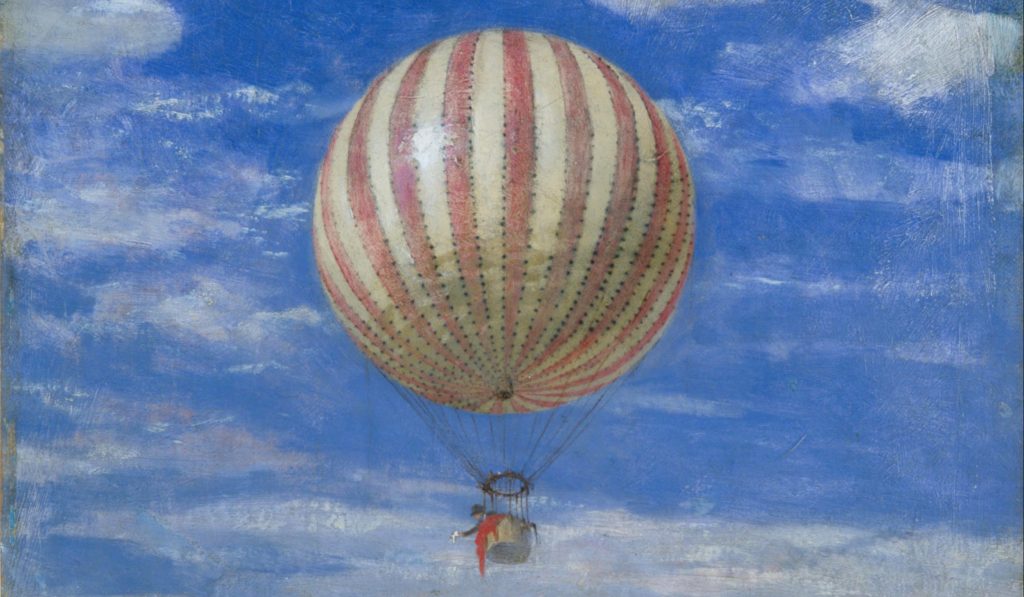
Estonia Will Never Recognize Forcible Seizure of Ukrainian Lands
BY
Academy of Liberalism / April 29, 2025
\"Estonia will never recognize the forcible seizure of Ukrainian territory,\" Prime Minister Kristen Michal (Reform) said. Despite differences between Ukraine, European countries, and the US on peace, the Prime Minister remains hopeful about progress in upcoming talks after Wednesday\'s summit in London drew a blank.











